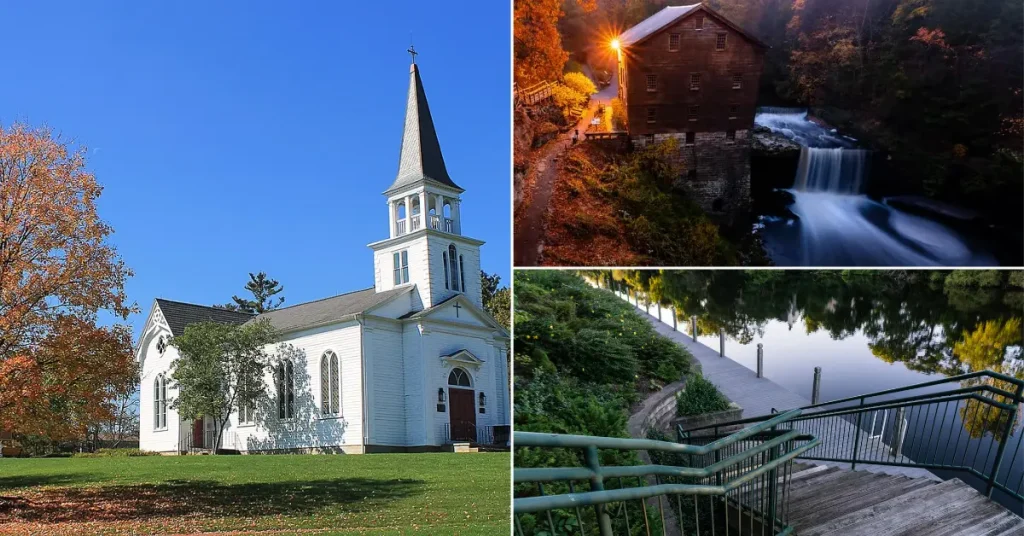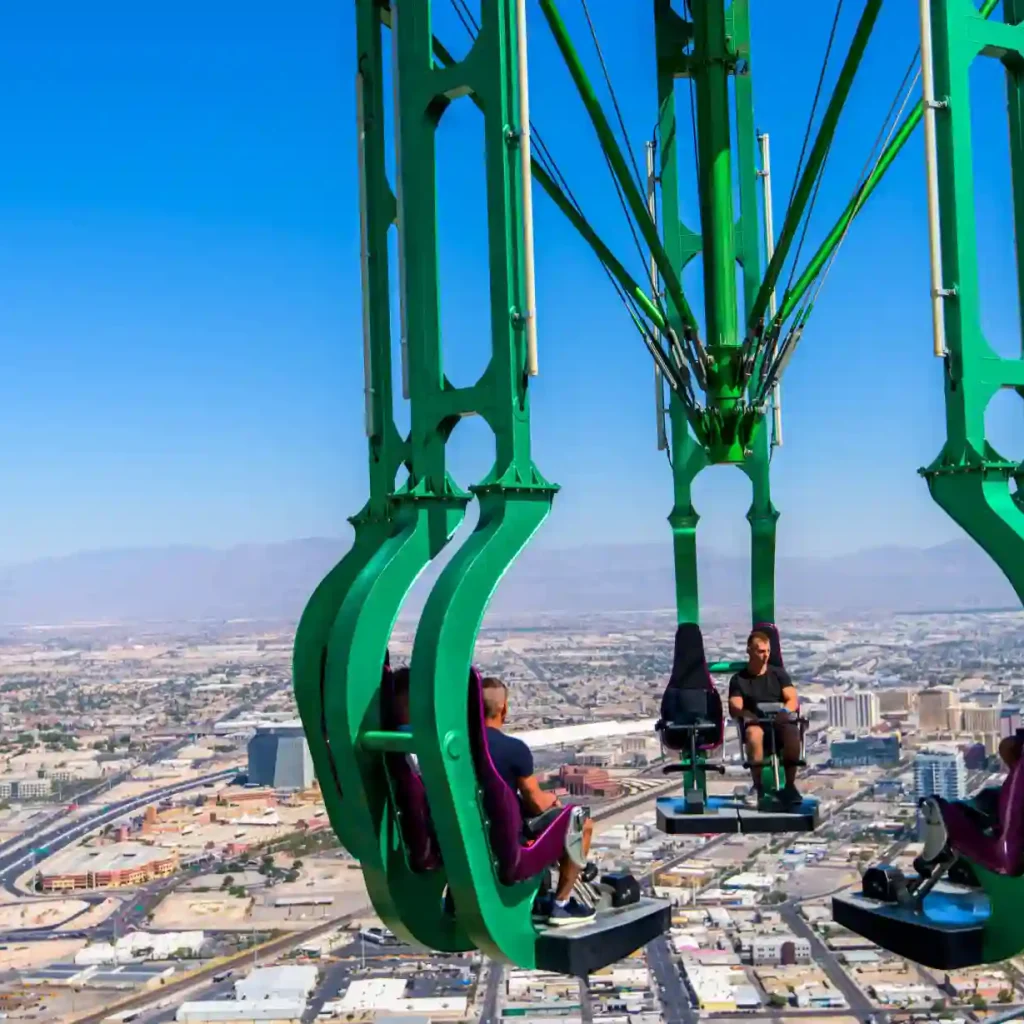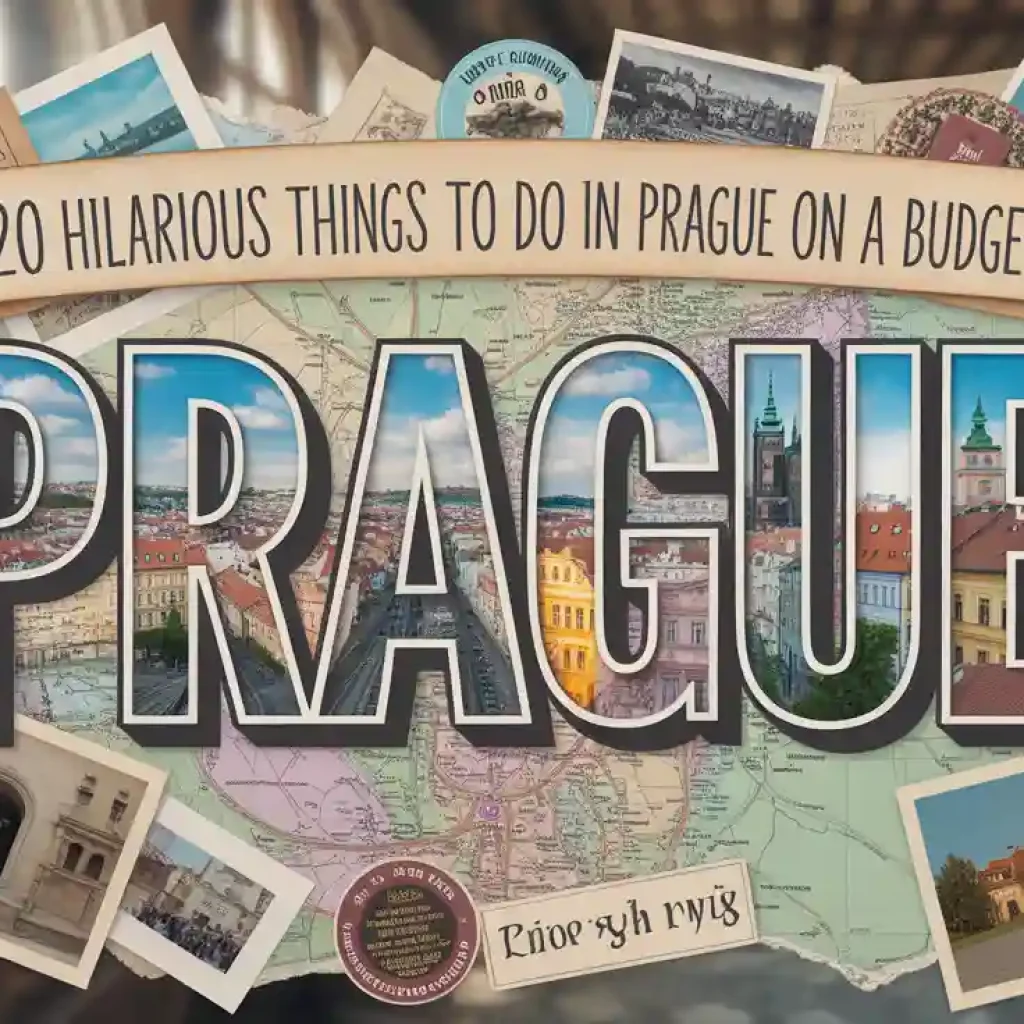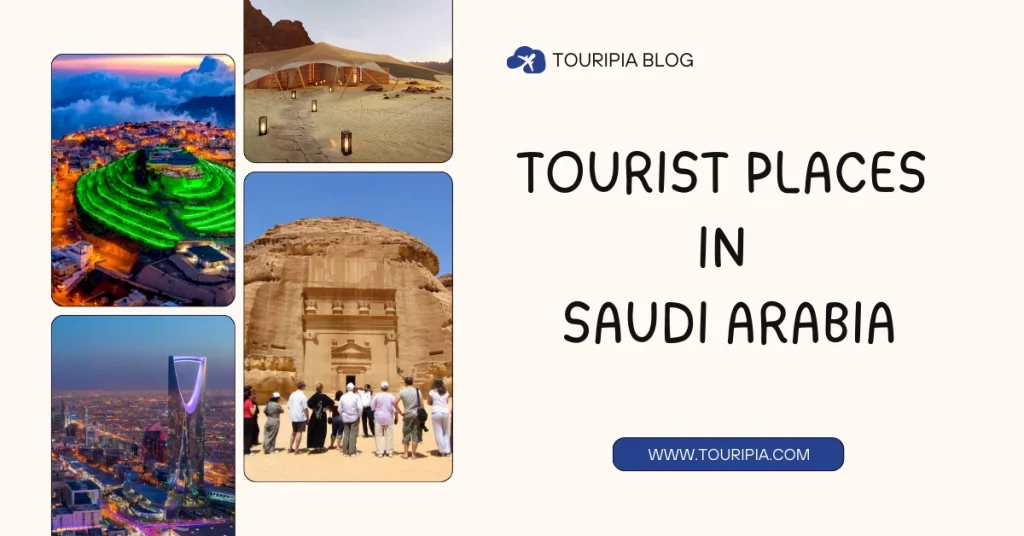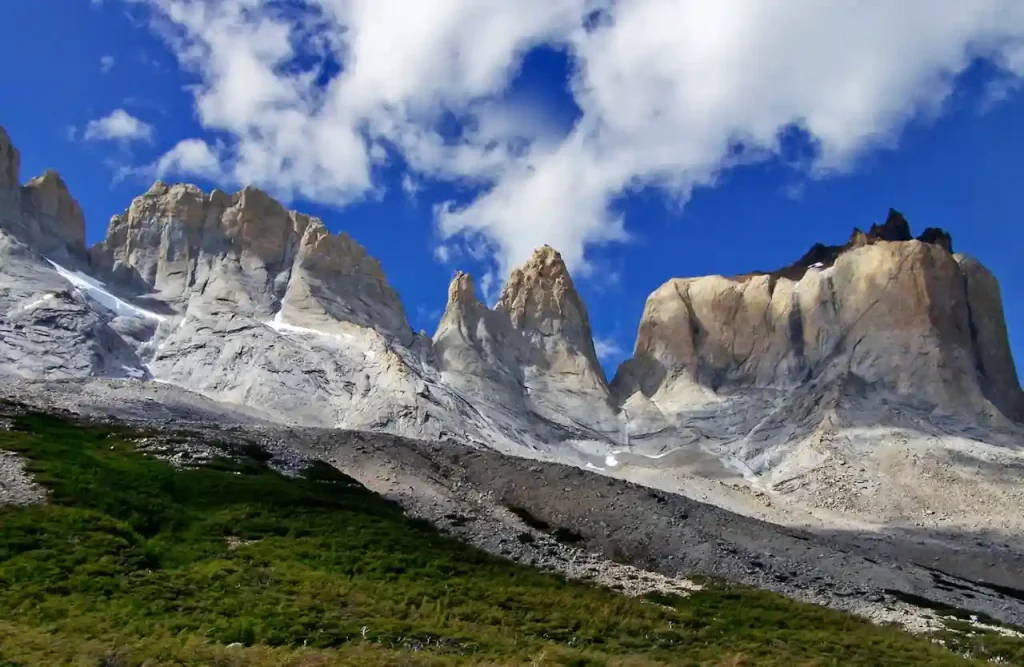7 Mexico City Museums You’ve Never Heard Of (But Must See in 2025)
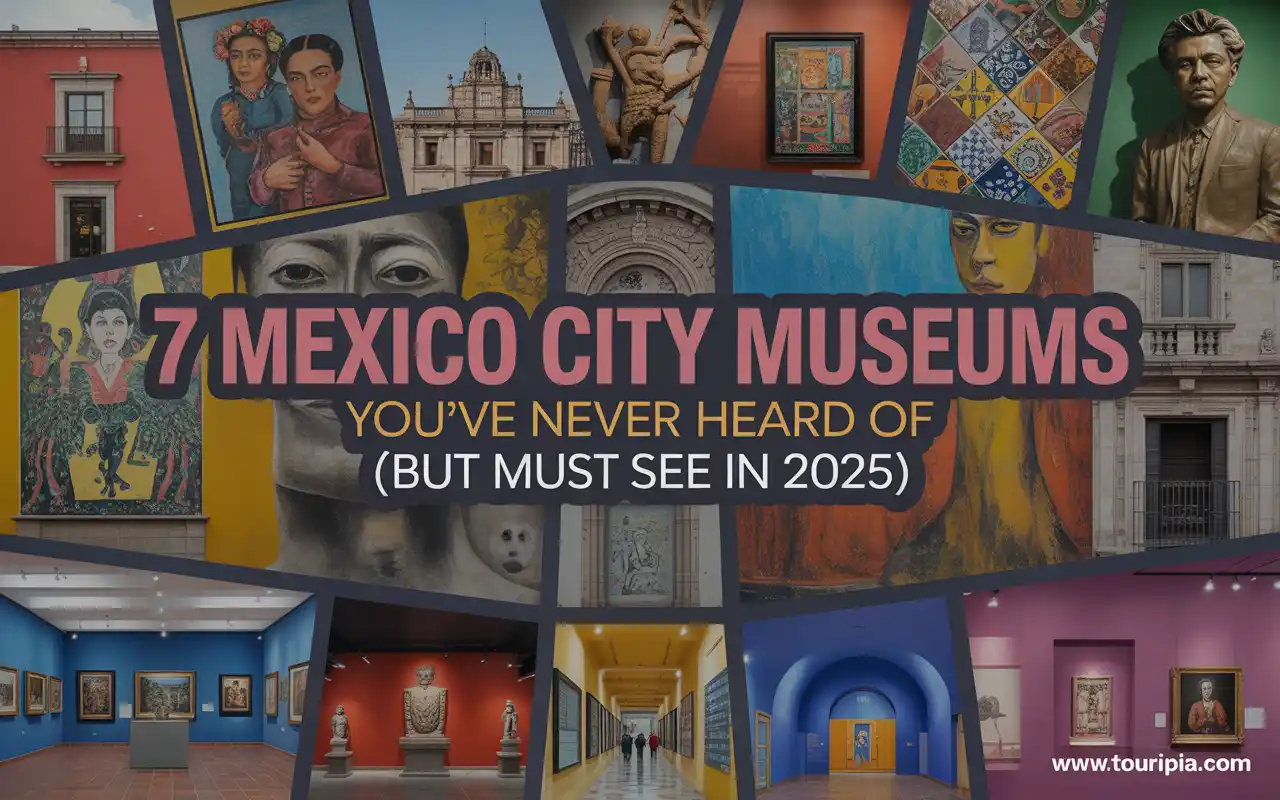
Everyone knows the Mexico City museums that make every list. Museo Nacional de Antropología, Frida Kahlo’s Casa Azul, and Palacio de Bellas Artes always come up first. But the city holds much more than these headline spots. With more than 150 museums scattered through its colorful neighborhoods, there’s a lot most travelers never see.
This guide explores seven museums that fly under the radar yet tell fascinating stories about everyday life, memory, and creativity. Each one offers something fresh—sometimes small, sometimes strange, always worth the visit.
Whether you’ve walked through Roma’s side streets or crossed Chapultepec Park for the tenth time, you’ll leave these places seeing Mexico City in a new light.
You’ll find what makes each museum special, how to reach it, when to go, and why locals quietly love it.
Quick snapshot for travelers:
- Total museums in Mexico City: over 150
- Entry cost: usually between 30–80 pesos
- Some are free on Sunday
- Most closed Mondays
- Average visit time: 1–2 hours per stop
How to Use This Guide
Mexico City is huge, and visiting museums randomly can waste hours in traffic. This guide groups the best-hidden ones by neighborhood and suggests when and how long to visit.
- Map & clusters: Plan by area. Roma and Juárez pair well for a half-day. Chapultepec and Polanco can fill a full day.
- Timing: Most museums open from 10 AM to 5 PM. Weekday mornings are quieter.
- Duration: Spend 1–2 hours per stop, longer if there’s a temporary show.
- Free entry: Many Mexico City museums are free on Sunday, including some featured here.
- Closed days: Note that several Mexico City museums are closed Mondays—plan accordingly.
Pro tip: If you’re searching “Mexico City museums open Monday,” you’ll find fewer than ten. The Museo del Objeto is one of them. Perfect if you arrive at the start of the week and don’t want to lose sightseeing days.
Exploring 7 of the Best Mexico City Museums
For travelers comparing opinions, the “Mexico City museums Reddit” community offers updated local reviews. Still, this guide gives you curated, firsthand insight without endless scrolling.
1. Museo del Objeto del Objeto (MODO)
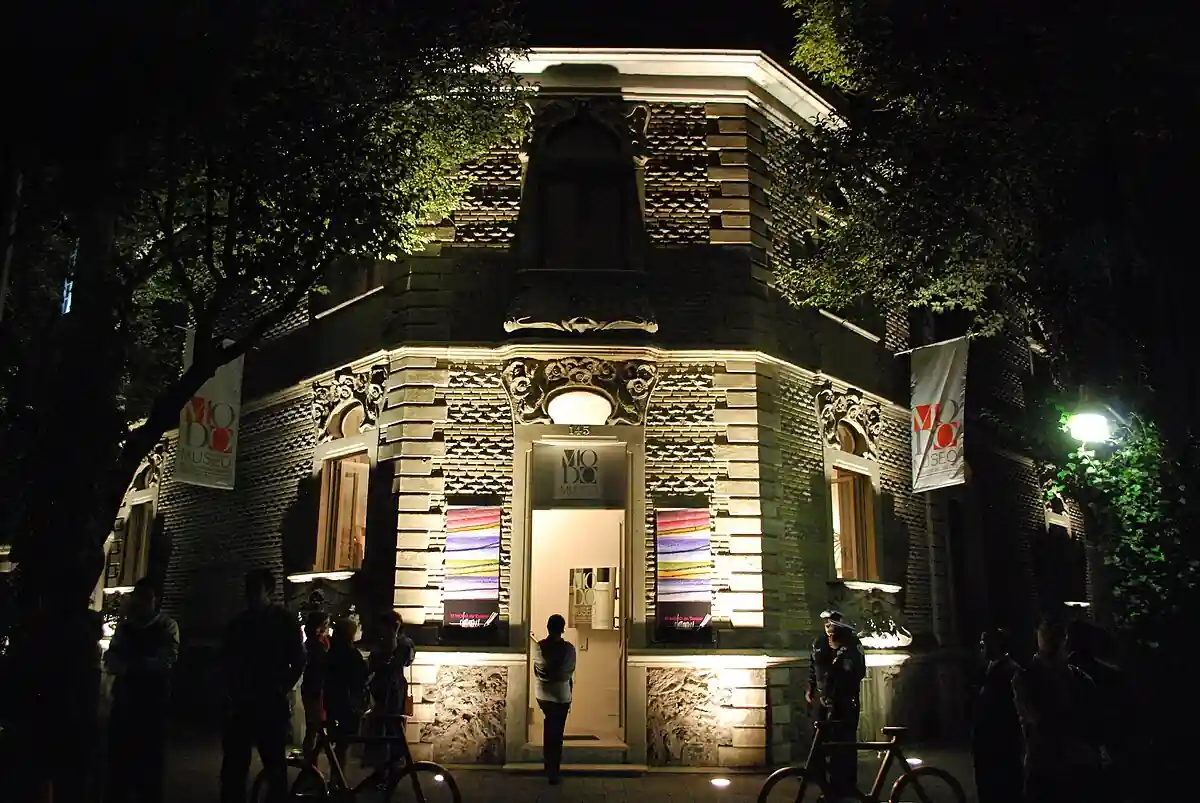
In the lively Roma neighborhood, MODO stands out for its clever focus on the beauty of the ordinary. Officially named the Museo del Objeto del Objeto, it celebrates design through everyday things—packaging, advertising, industrial items, and domestic artifacts that shaped 20th-century Mexico.
Walking inside feels like flipping through someone’s nostalgic memory box. Typewriters, soda bottles, vintage posters, and forgotten brands line the walls. It’s a museum that connects art, culture, and commerce, showing how small details reveal big stories about Mexican identity.
What makes it unique is its rotating exhibitions. One month you might find a show on Mexican art through labels and posters. The next, a collection from a private museum featuring retro toys or mid-century furniture. Some pieces belong to a private collection curated by local designers who want to preserve urban culture.
Visitor Tips
- Location: Colima 145, Roma Norte
- Entry: Around 60 pesos
- Hours: 10 AM to 6 PM; closed Mondays
- Best time: Early afternoon, less crowded and well-lit for photos
- Photography tip: Use reflections on glass displays to frame creative shots
- Nearby: Stop by a local café after; Roma’s coffee scene is worth it
The museum might sound niche, but it’s deeply human. Each label, logo, and wrapper tells you what people once valued and how design shaped memory. That’s what makes MODO one of the most must-see Mexico City museums if you want something fresh and local.
2. Museo del Juguete Antiguo México (Toy Museum)
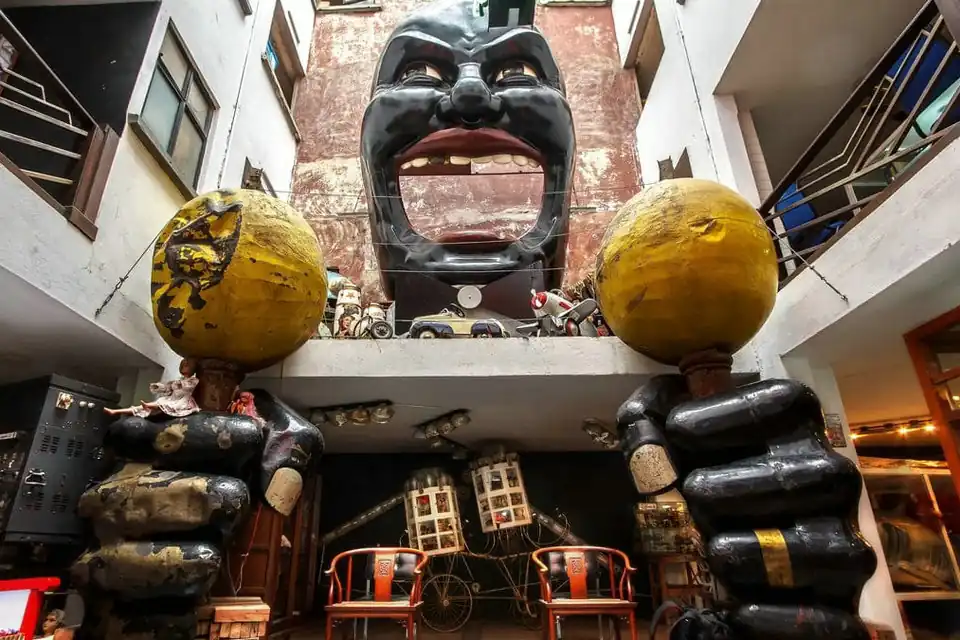
Tucked away in Colonia Doctores, this quirky stop feels like a trip back to childhood. The Museo del Juguete Antiguo México (MUJAM) holds one of Latin America’s most extensive vintage toy collections, and it’s as strange as it is delightful.
Created by architect and collector Roberto Shimizu, the museum features more than 45,000 pieces—Mexican tin robots, luchador figurines, early Barbie dolls, and handcrafted miniatures that once filled neighborhood markets. Each shelf tells a story about imagination before screens took over.
The building itself feels like a living time capsule. Its small rooms are packed floor-to-ceiling, each themed differently. Some visitors say it feels chaotic, others call it magical. You can even buy quirky toys in the gift shop that still look straight out of the 1970s.
Traveler Notes
- Location: Dr. Olvera 15, Colonia Doctores
- Entry: Around 75 pesos
- Hours: 9 AM–6 PM daily
- Photography: Allowed, flash-free
- Tip: Visit late afternoon to catch sunlight through the old windows—it gives toys a surreal glow.
Many travelers skip Doctores, but locals know this stop offers one of the best Mexico City museums experiences if you’re after pure nostalgia. For collectors or curious minds, it’s a must.
3. Museo de la Luz (Museum of Light)
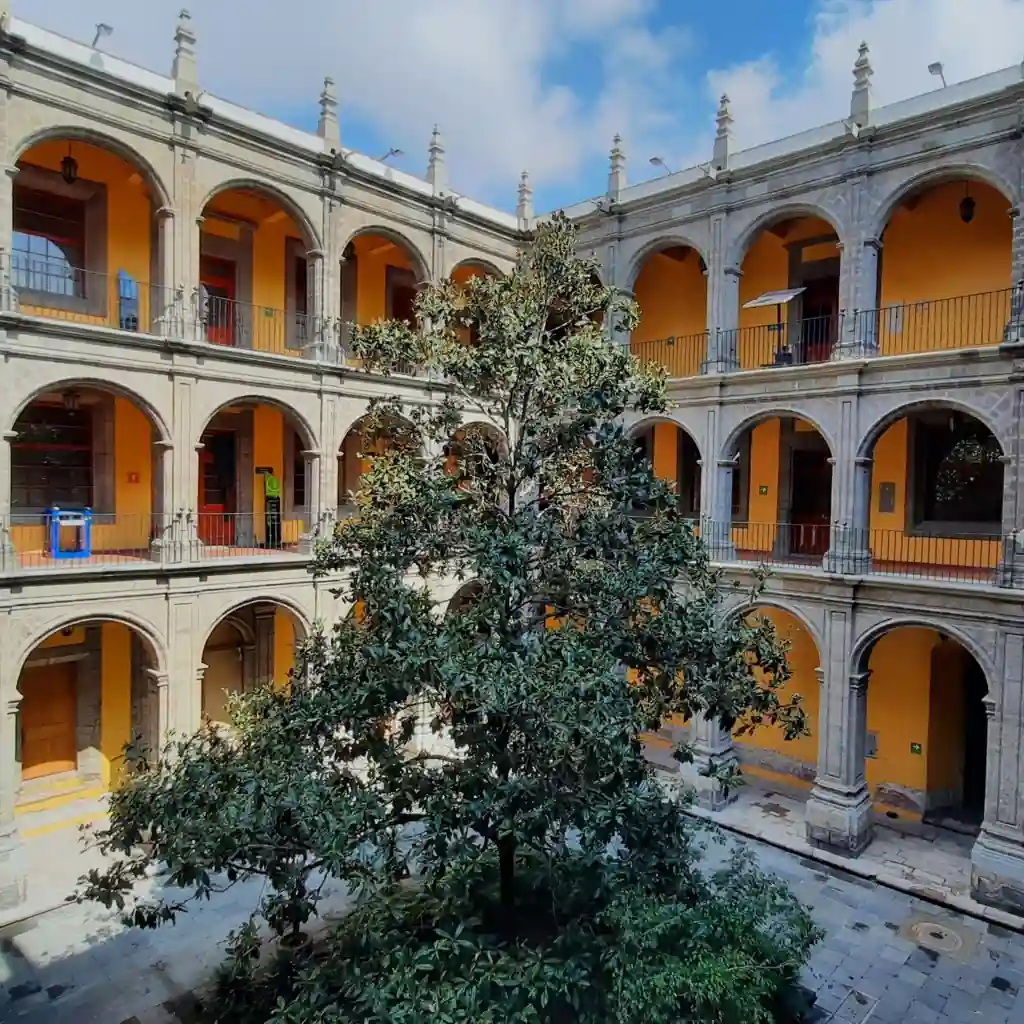
A short walk from the Universidad Nacional Autónoma de México campus, the Museo de la Luz shines—literally. Dedicated to the science and art of light, it’s an interactive museum where kids and adults alike can touch, bend, and even walk through illuminated installations.
Expect hands-on exhibits exploring optics, color theory, and the behavior of light in daily life. Some displays use lasers to create illusions, while others explain natural phenomena like rainbows and reflection. It’s a rare blend of fun and education that stands apart from traditional art-focused Mexico City museums.
The museum also hosts occasional collaborations with international artists, transforming science into art. A recent installation by Abraham Cruzvillegas explored how artificial light interacts with recycled materials. It’s thoughtful, playful, and quietly brilliant.
Visitor Tips:
- Location: San Ildefonso 43, Historic Center
- Entry: Around 50 pesos
- Hours: 10 AM–5 PM; closed Mondays
- Best time: Morning before school groups arrive
- Nearby: Great street tacos on Republica de Guatemala street
If you’re searching for something different in the historic center Mexico City museums, this one proves science can be as beautiful as art.
4. Museo del Chopo / Museo de Arte Transfemenino (MAT)
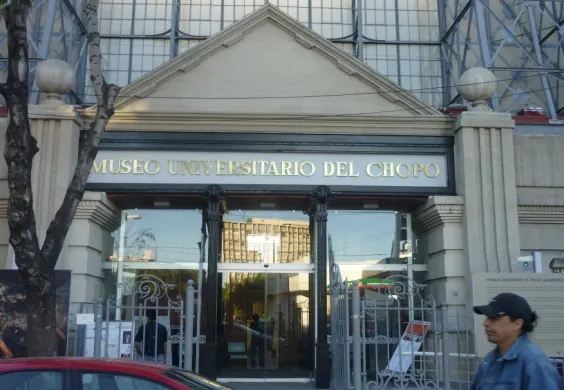
Nowhere captures the pulse of counterculture like Museo del Chopo, located near Santa María la Ribera. Originally built in 1905 as a steel structure imported from Germany, this space now serves as a stage for alternative art, subcultures, and experimental design.
What makes it stand out in the sea of Mexico City museums is its openness to new voices. In 2025, the museum will also feature the Museo de Arte Transfemenino (MAT)—a pioneering project curated by Eugenio López Alonso and David Chipperfield, showcasing gender expression and the work of trans and queer artists across Latin America.
Expect installations that challenge norms, performances that provoke thought, and exhibitions featuring artists like Diego Rivera reinterpreted through new cultural lenses. Some pieces will join the museum’s permanent collection, ensuring these stories stay visible.
Visitor Info
- Location: Dr. Enrique González Martínez 10
- Entry: Usually free or donation-based
- Hours: 11 AM–6 PM; closed Mondays
- Events: Check schedules for talks, DJ sets, or live art shows
It’s a living example of how Latin American art keeps evolving, always questioning, never static. Perfect for travelers wanting a raw and emotional experience beyond the polished museum circuit.
5. Museo Casa Kahlo (New Museum Opening 2025)
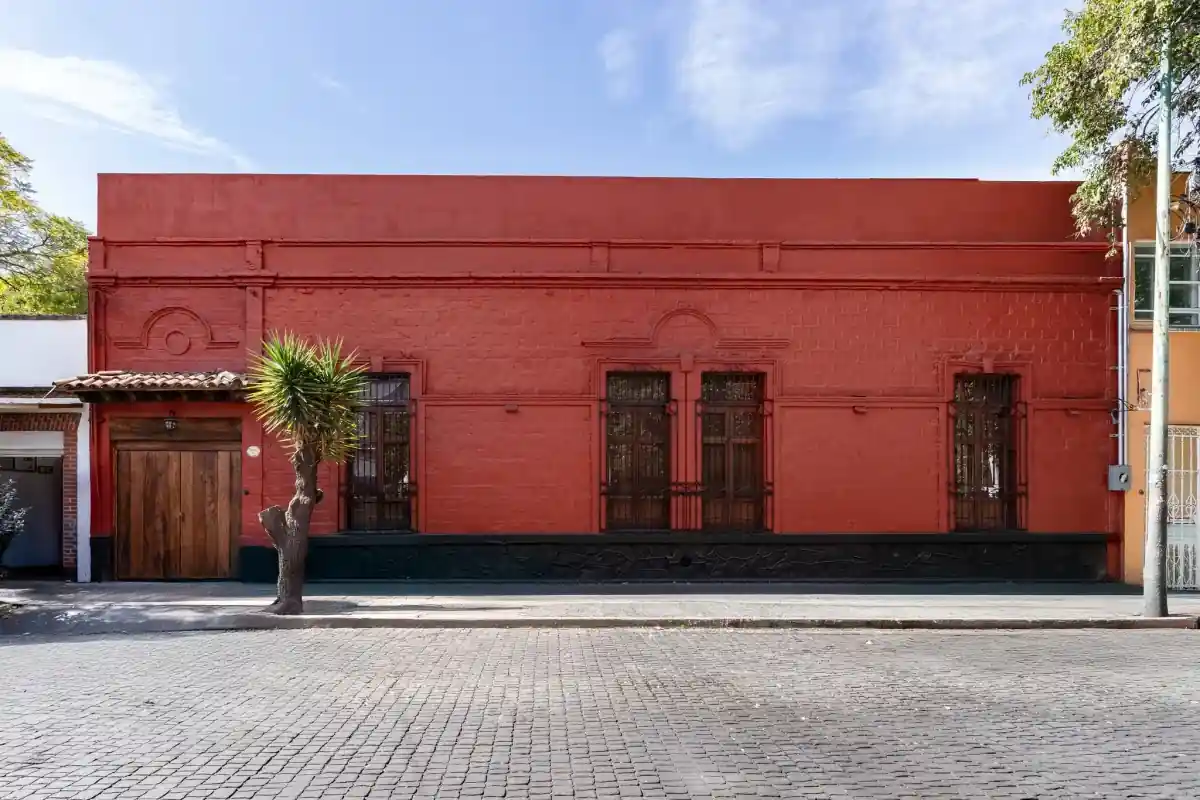
Every traveler knows Casa Azul, the Frida Kahlo Museum in Coyoacán. But few have heard about its new neighbor—Museo Casa Kahlo, opening in 2025. Designed to hold her lesser-seen sketches, letters, and domestic artifacts, it promises a quieter, more personal encounter with Mexico’s most iconic artist.
Unlike the original home museum, this new space focuses on her creative process and her life beyond the fame. Expect exhibits featuring collaborations with Diego Rivera, personal writings, and a few surprising international influences, including one room dedicated to Latin American artists she inspired.
The new building, curated by the Fundación Kahlo and modeled after early 20th-century Mexican architecture, adds a modern yet intimate layer to her story. It’s one of the few Mexico City museums opening this year that blends history and emotion so seamlessly.
Traveler Details
- Location: Avenida Londres, Coyoacán
- Tickets: Expected to open at 180 pesos (advance booking recommended)
- Best time: Morning visits to pair with Casa Azul before crowds arrive
- Tip: Visit nearby cafés for a classic churro and coffee after the tour
If you love art and biography, this will likely join the top Mexico City museums ranked by the end of 2025.
6. Museo del Cárcamo de Dolores
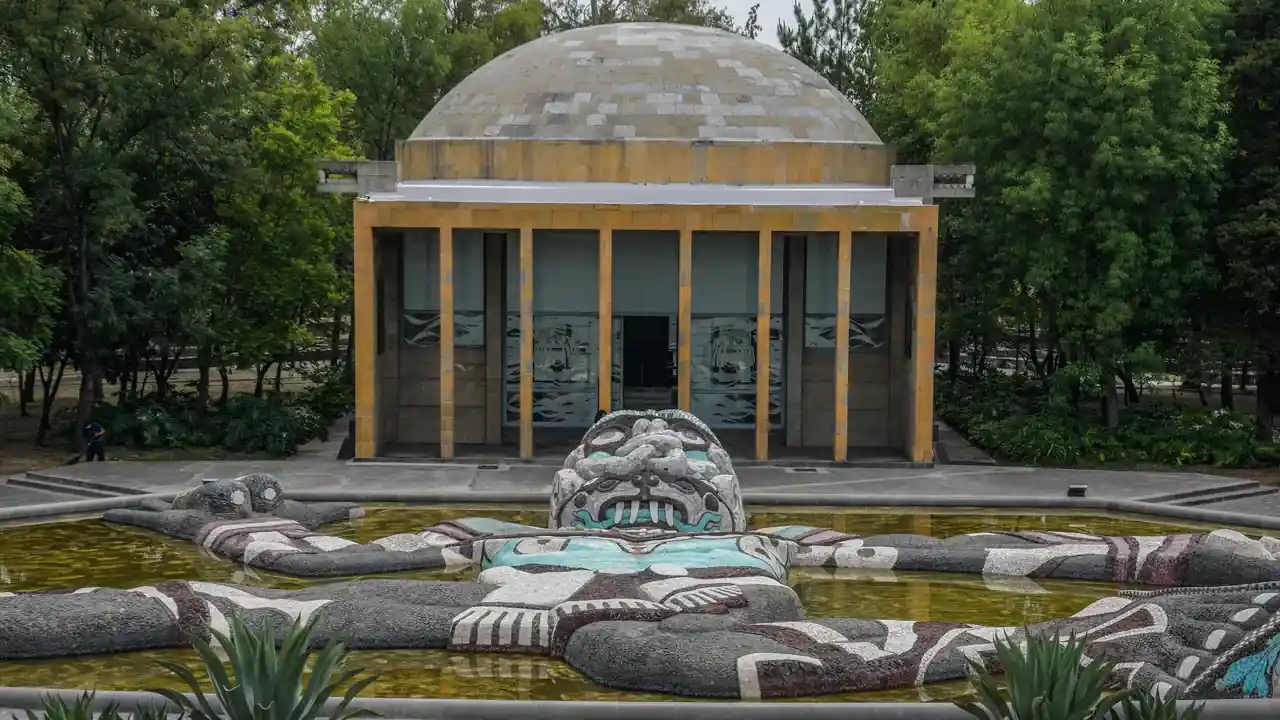
Few spots inside Chapultepec Park are as striking as this one. The Museo del Cárcamo de Dolores sits quietly near the hydraulic system that still supplies water to the city. Most visitors pass it without realizing it hides a masterpiece—Diego Rivera’s mural El Agua, Origen de la Vida.
Inside, you walk through echoing chambers once used for water flow, now transformed into an art space blending architecture and engineering. The sound design changes as you move, making every step part of the experience. It’s one of those rare Mexico City museums that connects science, art, and urban history.
The museum also highlights the importance of preserving Mexico’s water systems, with a focus on sustainable city planning. Don’t miss the reflective pool outside—its surface mirrors the mural perfectly on clear days.
Plan Your Visit
- Location: Inside Bosque de Chapultepec, near Cárcamo metro
- Entry: 40 pesos
- Hours: 10 AM–5 PM, closed Mondays
- Best time: Mid-morning, when light hits the water chamber
- Tip: Combine this stop with Museo Rufino Tamayo or Museo de Arte Moderno nearby
This is easily one of the most famous Mexico City museums that most people overlook. It’s quiet, moving, and unlike anything else in the capital.
7. Museo de la Memoria Indómita
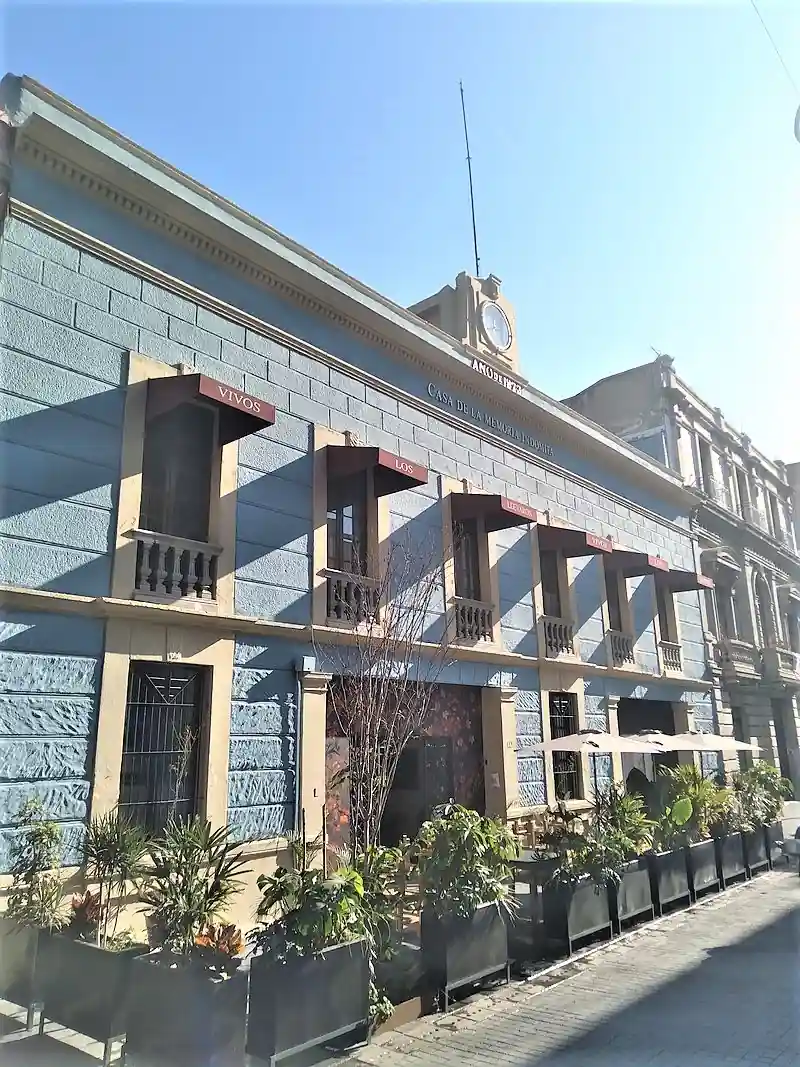
Located downtown, near the Alameda Central, the Museo de la Memoria Indómita offers a powerful look at Mexico’s modern history. It focuses on social justice, activism, and memory—stories of resilience during political upheavals and human rights movements.
This museum feels intimate. Exhibits mix photos, sound recordings, and personal testimonies from families affected by past conflicts. It’s not glamorous, but it’s one of those must see Mexico City museums if you want to understand the country’s collective memory.
The curators work closely with activists and artists to create an emotional, immersive journey. Expect temporary exhibitions connected to Museo Memoria y Tolerancia, showing how communities across Latin America keep these conversations alive.
Visitor Essentials
- Location: Regina 145, Centro Histórico
- Entry: Free, donations welcome
- Hours: 11 AM–6 PM
- Tip: Visit in the afternoon and stay for nearby street performances at dusk
Travelers often mention this stop on best Mexico City museums Reddit threads, and for good reason. It’s an honest, moving experience that adds weight to your cultural itinerary.
Bonus / Honorable Mentions
If you’ve already visited the main seven but want to explore more Mexico City museums, there are still a few niche gems worth adding to your list.
Museo Soumaya in Polanco houses over 60,000 works from Carlos Slim’s private collection, including pieces by Rodin, Dalí, and Andy Warhol. The building itself, designed by Fernando Romero, is a shimmering icon of modern architecture and one of the most top Mexico City museums for international visitors.
Next, the Perfume Museum (Museo del Perfume) surprises many. It traces the history of scent, displaying rare bottles and olfactory installations that mix chemistry and art. You can even create your own personalized fragrance at the end of the tour.
For fans of decorative art, the Franz Mayer Museum is a quiet treasure near the Alameda Central. It focuses on design and craftsmanship, housing colonial silverware, ceramics, and textiles that reflect centuries of evolving taste.
Nearby, the Museo Palacio Postal charms architecture lovers. Its gilded staircases and marble halls make it one of the most photogenic downtown Mexico City museums—and it’s still a functioning post office.
Finally, Anahuacalli Museum, built by Diego Rivera, deserves a mention for its volcanic-stone structure and pre-Hispanic art collection. It offers a raw and mystical atmosphere that few museums can match.
Route Planning
Mexico City’s size can overwhelm first-time visitors, so smart planning matters. Here’s how to structure your museum days efficiently while still enjoying the neighborhoods around them.
Day 1: Roma + Juárez + Centro Histórico
- Start with Museo del Objeto del Objeto (MODO) in Roma.
- Walk or take a short ride to Museo del Juguete Antiguo México in Doctores.
- End the day at Museo de la Luz in the Historic Center.
- Bonus: Stop by Museo Palacio Postal if you love architecture.
Day 2: Chapultepec + Coyoacán
- Begin inside Chapultepec Park with Museo del Cárcamo de Dolores.
- Continue to Museo Rufino Tamayo and Museo de Arte Moderno nearby for more contemporary exhibits.
- Spend the afternoon in Coyoacán visiting Casa Azul and the upcoming Museo Casa Kahlo.
- Dinner tip: Try traditional enchiladas at Los Danzantes nearby.
Optional Day 3: Polanco + Beyond
- Head to Museo Soumaya and its adjoining Plaza Carso.
- Visit the Perfume Museum downtown for something offbeat.
- If you have time, explore the Anahuacalli Museum to see Rivera’s monumental vision.
Many travelers compare these routes on “best Mexico City museums Reddit” discussions, but this plan saves you hours of trial and error. Use public transit or Uber to link clusters quickly, especially during weekday mornings.
Visitor Tips & Hacks
Navigating Mexico City museums gets easier once you know a few insider tricks. These simple tips can help you make the most of each stop.
Timing
- Go early. Most places open around 10 AM and stay quiet until noon.
- Wednesdays and Fridays are ideal—weekends bring local crowds.
- Many Mexico City museums are free on Sunday, so plan ahead if you’re budget-conscious.
Photography & Experience
- Low light is common. Bring a small flashlight or use your phone’s exposure settings.
- Avoid flash in older museums with delicate artifacts.
- For night photography, some Mexico City museums at night tours operate seasonally—check event calendars.
Access & Comfort
- Small museums rarely have elevators. If accessibility matters, call ahead.
- Restrooms and cafés are more reliable in larger spots like Museo Soumaya or Museo de Arte Moderno.
- Always carry cash. Some smaller museums don’t accept cards, especially in Centro Histórico.
Safety & Etiquette
- Stick to well-lit streets at night, especially around Doctores or Centro after hours.
- Be respectful when visiting socially or politically themed exhibits.
- Support these institutions by buying something small from their gift shops—many rely on local funding.
These tips can turn a rushed day into a relaxed, meaningful exploration. Visiting thoughtfully means you’ll see more and connect deeper.
Why Visit Hidden Museums—Beyond the Big Names
It’s easy to spend all your time at the blockbuster spots—Museo Nacional de Antropología, Museo del Palacio de Bellas Artes, or Casa Azul. They’re iconic, yes, but the lesser-known Mexico City museums offer something else: intimacy. They invite you to slow down, listen, and connect with stories the big ones overlook.
These smaller spaces protect fragile moments in Mexico’s history—childhood memories, design shifts, personal collections. They also support new artists who may never reach mainstream galleries. From the waterworks of Chapultepec Park to the political walls of Memoria Indómita, each museum keeps a piece of the city’s identity alive.
Hidden museums also let you travel smarter. Lines are shorter, entry fees are low, and staff often share personal insights. Plus, photography is usually allowed without restriction, which makes documenting your visit easier.
In 2025, museum culture in Mexico continues to evolve. Private foundations like that of Franz Mayer or Diego Rivera’s legacy fund more restoration work, while new voices and curators experiment with contemporary formats. That mix of preservation and reinvention keeps the city’s cultural scene dynamic.
So next time you plan your trip, don’t skip the quiet corners. Sometimes the smallest museums leave the strongest impressions.
Final Thoughts
Exploring hidden Mexico City museums gives you more than art—it gives you context. You’ll see how a city this massive manages to keep its memory alive, one small collection at a time.
These quiet places prove that culture doesn’t always shout from the grandest buildings; sometimes, it whispers from a room full of forgotten toys, perfume bottles, or a painted water chamber beneath Chapultepec Park.
Travelers who take this route leave with something more personal. A sense of discovery. A deeper story to tell.
Frequently Asked Questions
1. Are these museums open every day?
Most open Tuesday to Sunday, 10 AM–5 PM. Note that many Mexico City museums are closed Mondays, including MODO and Museo del Cárcamo de Dolores.
2. Is there a combined museum pass?
Not officially, but several offer discounts for students and seniors. Some, like those in Chapultepec Park, allow free access on Sundays.
3. Can I take photos inside?
Yes, in most locations. Flash is often restricted, especially around delicate artwork.
4. Are these museums wheelchair or stroller friendly?
Larger ones such as Museo Soumaya and Museo de Arte Moderno are accessible. Smaller, older buildings may have narrow entrances or stairs.
5. Which can I visit in one day?
You can easily pair MODO, Museo del Juguete Antiguo, and Museo de la Luz for a half-day. Add Museo del Cárcamo de Dolores and Museo Rufino Tamayo for a full-day loop across central areas.
6. Do they accept cards?
Big museums do. Smaller ones still prefer cash. Always keep some pesos on hand.
7. Any evening options?
A few organize special openings for Mexico City museums at night, usually on the last Wednesday of each month. Check local listings.
8. Which are family-friendly?
Toy Museum, Museum of Light, and Perfume Museum are great for kids and casual visitors.
9. Why should I visit these instead of the big ones?
You’ll find fewer crowds, real community stories, and a closer connection to everyday culture.
Recent Posts
 How to Visit Victoria Falls the Smoke That Thunders in 5 Days (No-Stress Guide)
How to Visit Victoria Falls the Smoke That Thunders in 5 Days (No-Stress Guide) 20 Surreal Places in Mexico That Feel Too Dreamy to Be Real (2025)
20 Surreal Places in Mexico That Feel Too Dreamy to Be Real (2025) What Makes Santiago Ways the Most Trusted Camino Agency?
What Makes Santiago Ways the Most Trusted Camino Agency? What Makes Orbis Ways the Go-To Choice for Outdoor Travel Enthusiasts?
What Makes Orbis Ways the Go-To Choice for Outdoor Travel Enthusiasts? Holiday Party Planning 101: Why Transportation Should Be at the Top of Your List
Holiday Party Planning 101: Why Transportation Should Be at the Top of Your List





